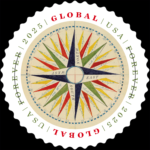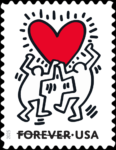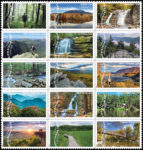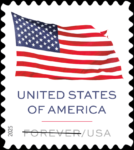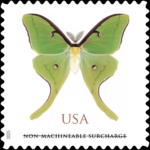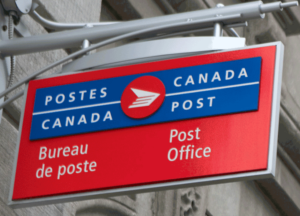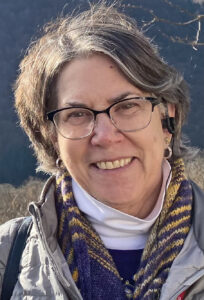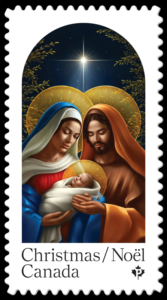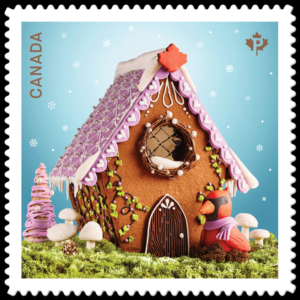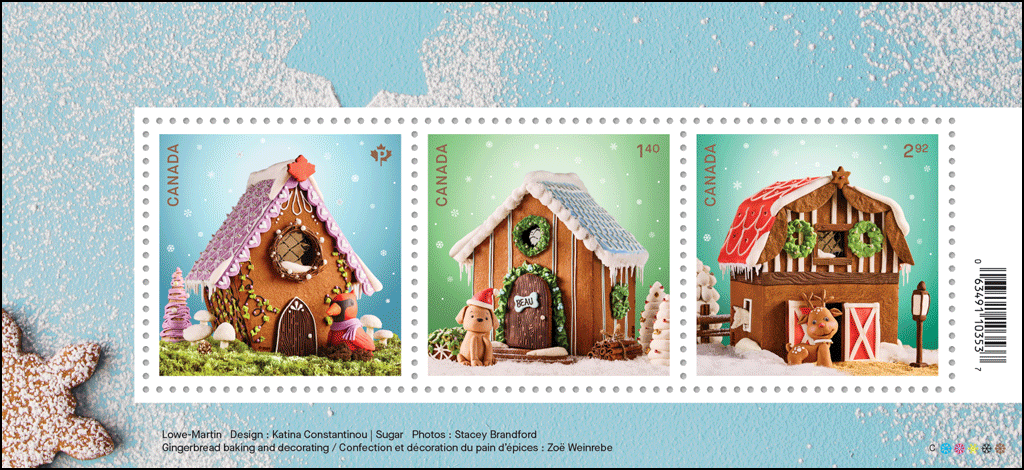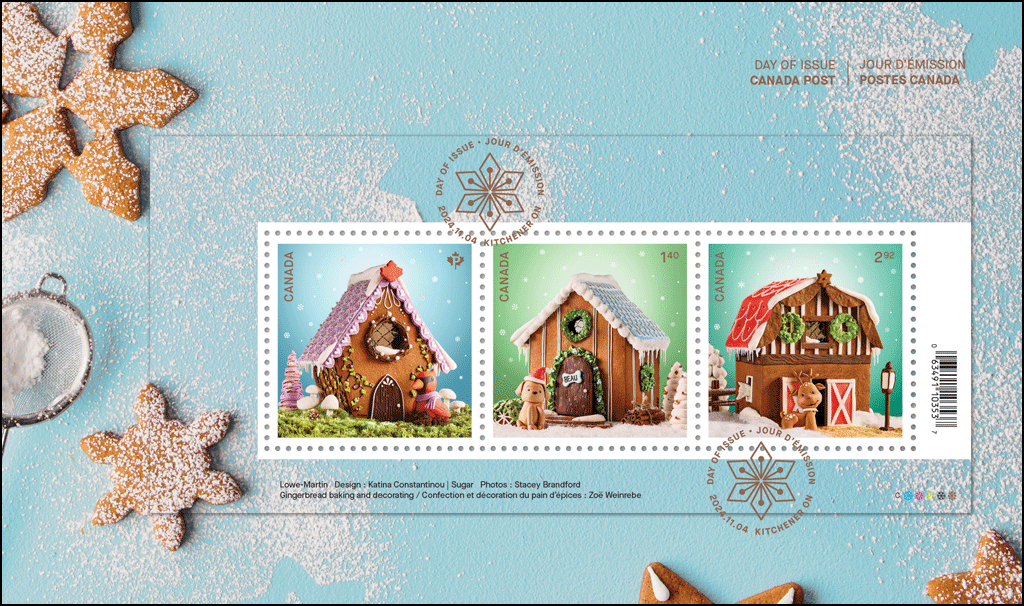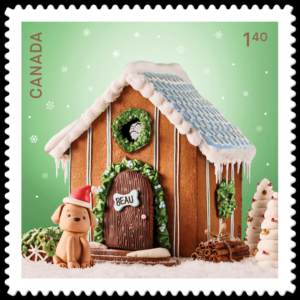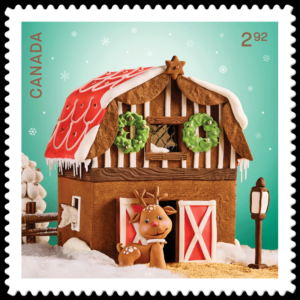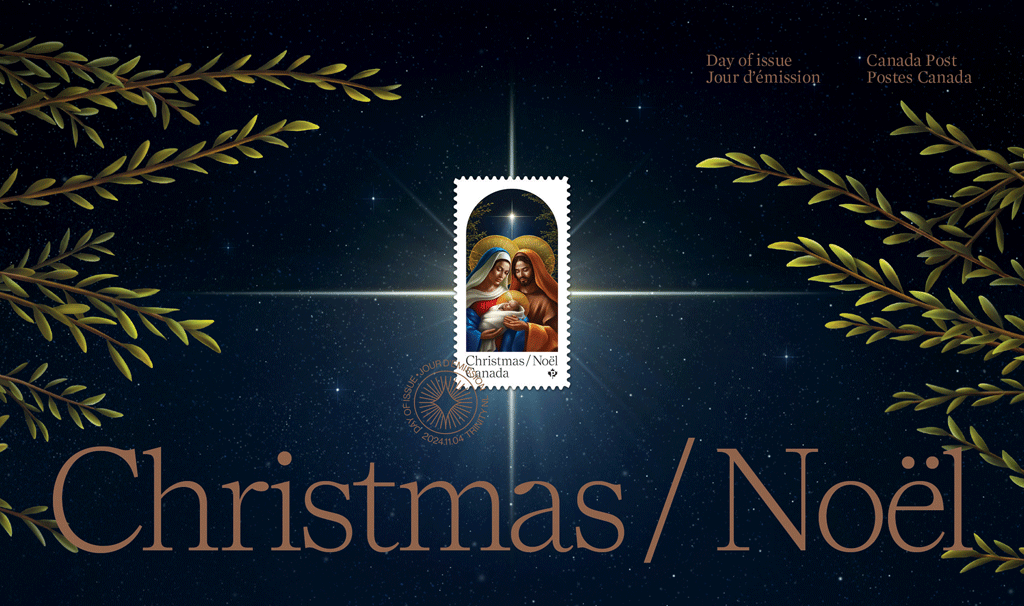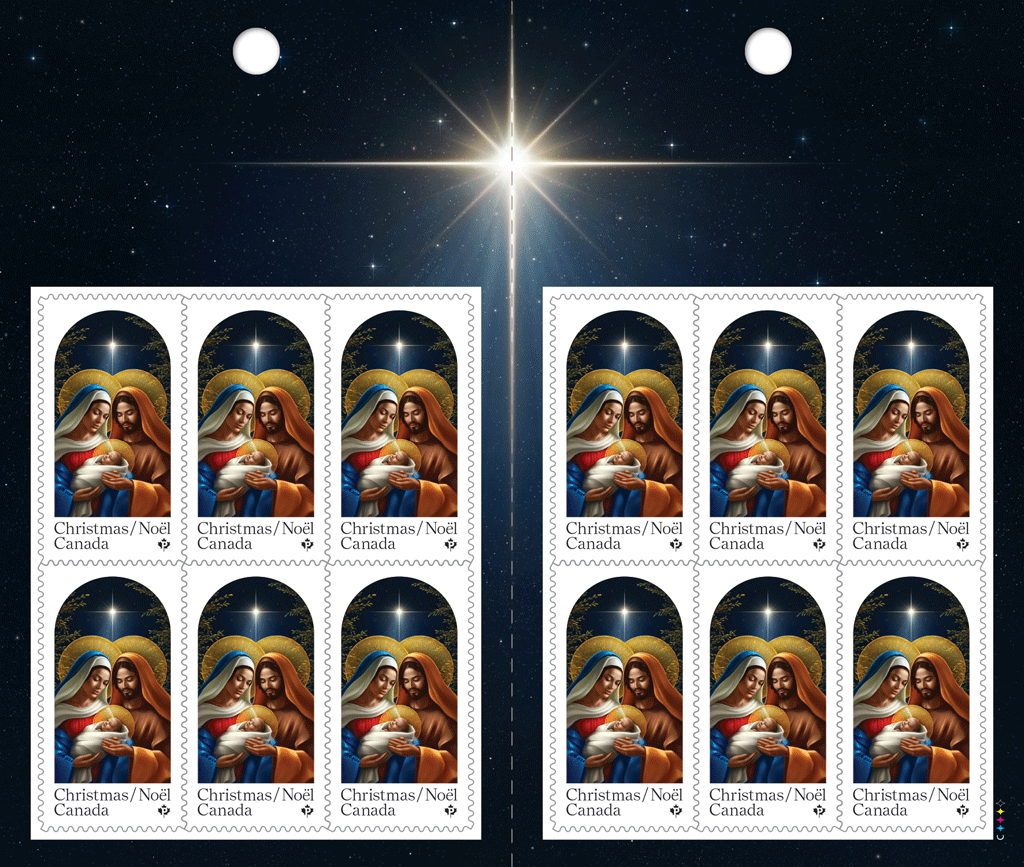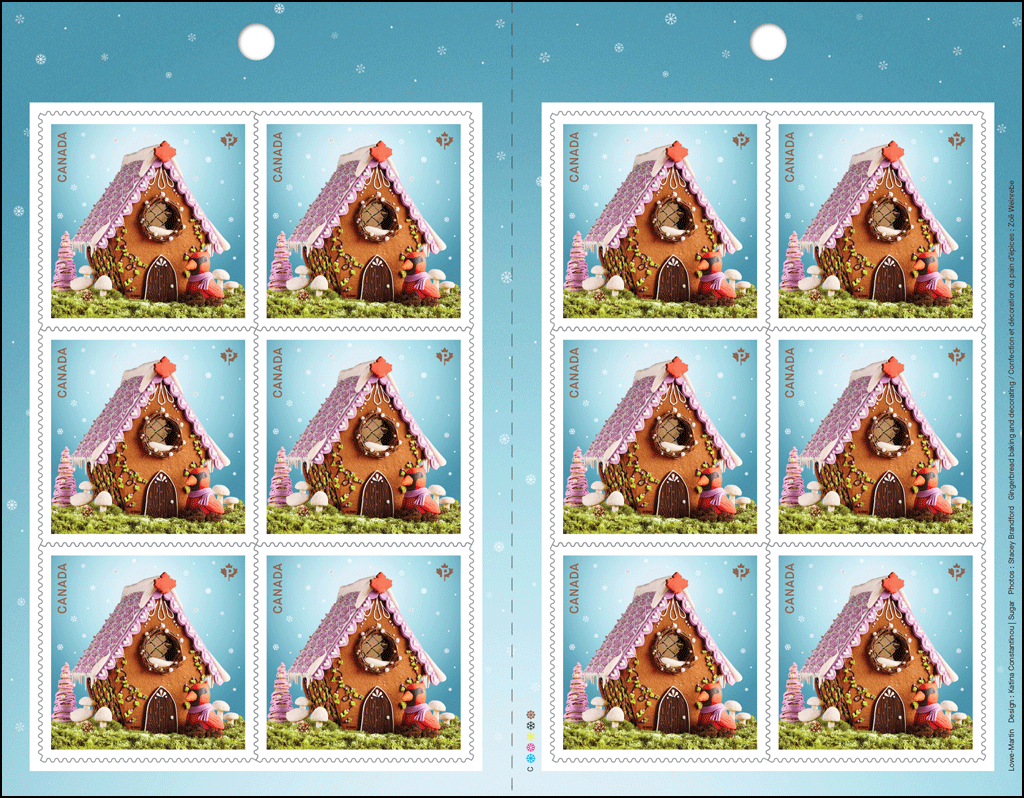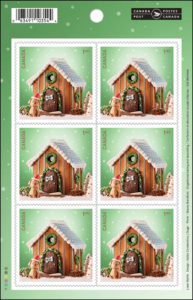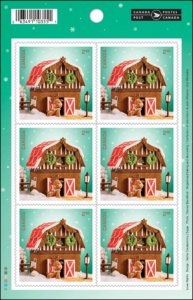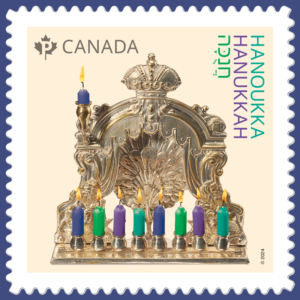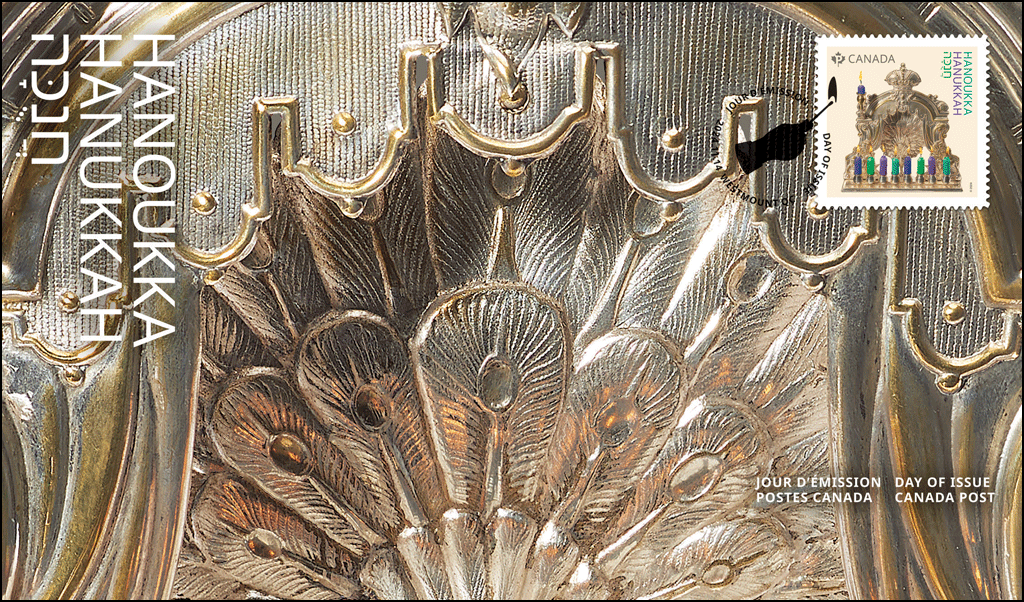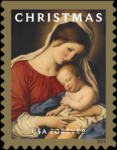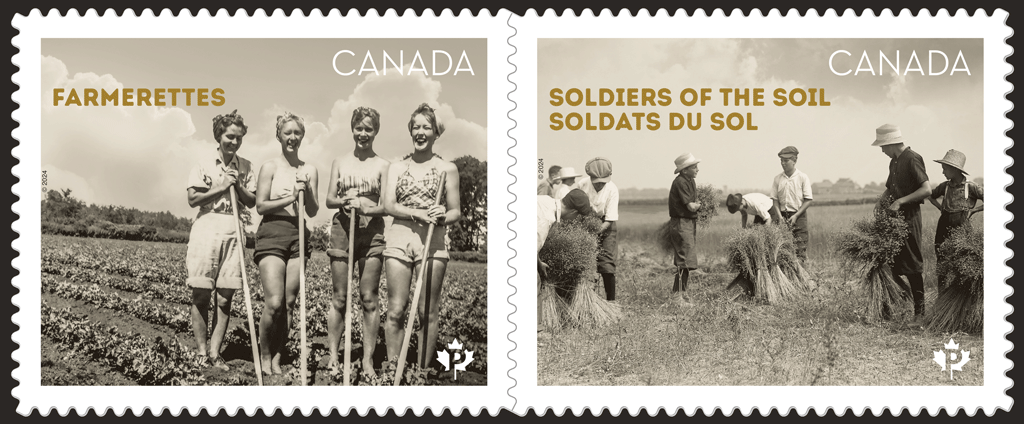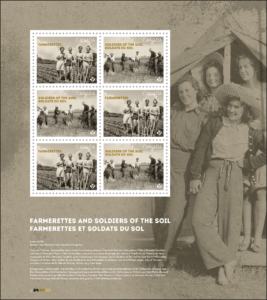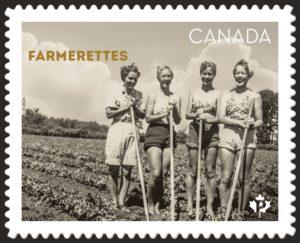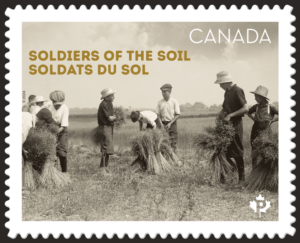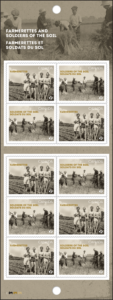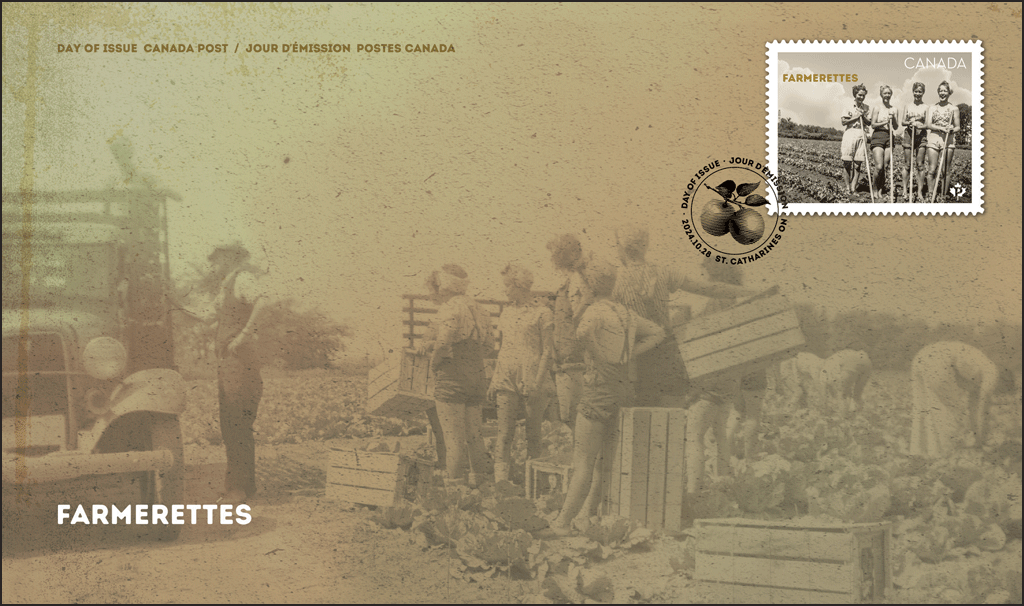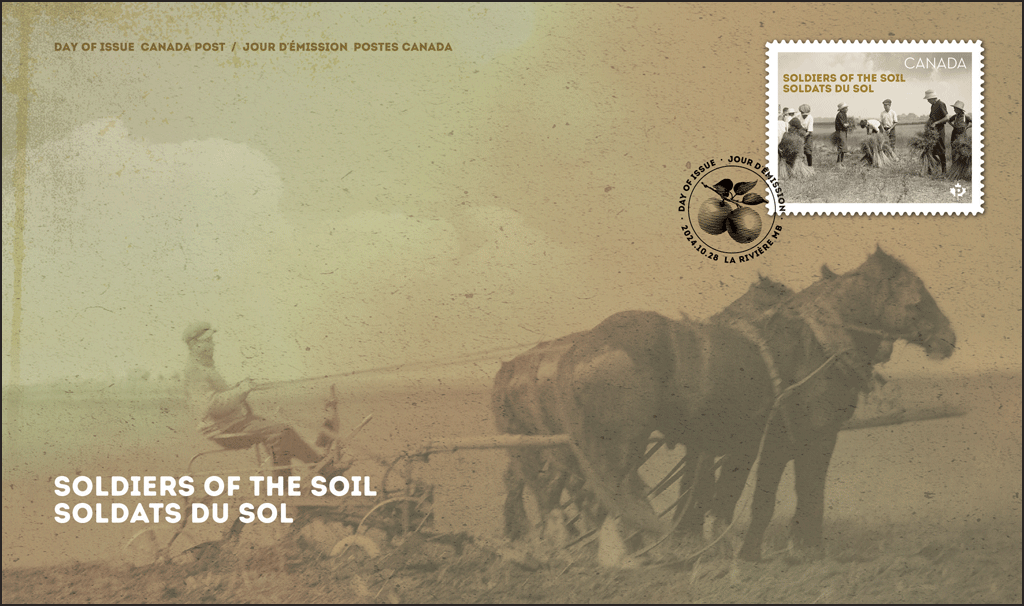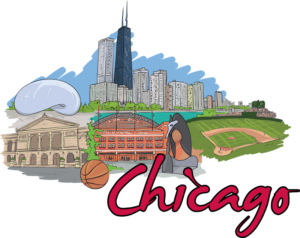From the USPS press release November 15, 2024:
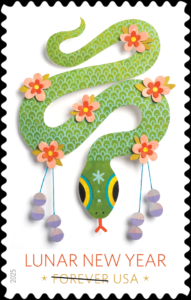 This is the sixth stamp in the current Lunar New Year series, where each entry features a mask, calling to mind the decorated masks used in the dragon or lion dances often performed during Lunar New Year parades. For Year of the Snake, designer Camille Chew constructed a three-dimensional snake mask out of hand- printed paper, then cut, scored and folded it into shape. After the front was embellished with acrylic paint and additional paper elements, the back was covered with a layer of papier-mâché. Antonio Alcalá, an art director for USPS, designed the stamp from a photograph of the mask by Sally Andersen-Bruce.
This is the sixth stamp in the current Lunar New Year series, where each entry features a mask, calling to mind the decorated masks used in the dragon or lion dances often performed during Lunar New Year parades. For Year of the Snake, designer Camille Chew constructed a three-dimensional snake mask out of hand- printed paper, then cut, scored and folded it into shape. After the front was embellished with acrylic paint and additional paper elements, the back was covered with a layer of papier-mâché. Antonio Alcalá, an art director for USPS, designed the stamp from a photograph of the mask by Sally Andersen-Bruce.
Updates will be added below line, with the most recent at the top.
Updated February 28th:
The Scott catalogue number for this issue is 5952.
Updated December 19th:
The USPS has released updated dimensions for the postmarks: 3.0″x1.45″ for the DCP and 2.45″x1.22″ for the Pictorial. The dimensions beneath the illustrations have been updated.
Updated December 14th:
I believe the dimensions for the two first-day postmarks are incorrect, possibly reversed. I have asked the USPS for clarification. (The DCP is obviously taller than the Pictorial.)
Updated December 11th:
On January 14, 2025, in Boston, MA, the United States Postal Service® will issue the  Lunar New Year • Year of the Snake stamp (Forever® priced at the First-Class Mail® rate), in one design, in a pressure-sensitive adhesive (PSA) pane of 20 stamps (Item 485900). This stamp will go on sale nationwide January 14, 2025, and must not be sold or canceled before the first-day-of-issue. The Lunar New Year • Year of the Snake commemorative pane of 20 stamps must not be split and the stamps must not be sold individually.
Lunar New Year • Year of the Snake stamp (Forever® priced at the First-Class Mail® rate), in one design, in a pressure-sensitive adhesive (PSA) pane of 20 stamps (Item 485900). This stamp will go on sale nationwide January 14, 2025, and must not be sold or canceled before the first-day-of-issue. The Lunar New Year • Year of the Snake commemorative pane of 20 stamps must not be split and the stamps must not be sold individually.
In 2025, the Postal Service™ will issue the sixth of 12 stamps in its latest Lunar New Year series. The Year of the Snake begins January 29, 2025, and concludes on February 16, 2026. Calling to mind the elaborately decorated masks used in the dragon or lion dances often performed in Lunar New Year parades, this three-dimensional mask depicting a snake is a contemporary take on the long tradition of paper-cut folk-art crafts created during this time of year. Art director Antonio Alcalá designed this stamp issuance with original artwork by Camille Chew and photography by Sally Andersen-Bruce.
Automatic distribution.
How to Order the First-Day-of-Issue Postmark:
Customers have 120 days to obtain the first-day-of-issue postmark by mail. They may purchase new stamps at their local Post Office® or at The Postal Store® website at store.usps.com/store/home. They must affix the stamps to envelopes of their choice, address the envelopes (to themselves or others), and place them in a larger envelope  addressed to:
addressed to:
FDOI – Lunar New Year • Year of the Snake Stamp
USPS Stamp Fulfillment Services
8300 NE Underground Drive, Suite 300
Kansas City, MO 64144-9900
After applying the first-day-of-issue postmark, the Postal Service™ will return the envelopes through the mail. There is no charge for the postmark up to a quantity of 50. There is a 5-cent charge for each additional postmark over 50. All orders must be postmarked by May 14, 2025.
Technical Specifications:
Issue: Lunar New Year • Year of the Snake Stamp
Item Number: 485900
Denomination & Type of Issue: First-Class Mail Forever
 Format: Pane of 20 (1 design)
Format: Pane of 20 (1 design)
Series: Lunar New Year
Issue Date & City: January 14, 2025, Boston, MA 02205
Art Director: Antonio Alcalá, Alexandria, VA
Designer: Antonio Alcalá, Alexandria, VA
Artist: Camille Chew, Providence, RI
Modeler: Sandra Lane / Michelle Finn
Manufacturing Process: Offset, Foil Stamping, Flexographic, Microprint
Printer: Banknote Corporation of America
Press Type: Gallus RCS
Stamps per Pane: 20
Print Quantity: 21,000,000 stamps
Paper Type: Phosphor, Block Tag
Adhesive Type: Pressure-sensitive
Colors: Cyan, Magenta, Yellow, Black, PMS 7579 C, PMS 7563 C, Red Luxor Foil MTS 392, Gold Luxor Foil MTS 413
Stamp Orientation: Vertical
Image Area (w x h): 0.8400 x 1.4200 in. / 21.3360 x 36.0680 mm.
Overall Size (w x h): 0.9800 x 1.5600 in. / 24.8920 x 39.6240 mm.
Full Pane Size (w x h): 7.2500 x 8.5000 in. / 184.1500 x 215.9000 mm.
 Press Sheets Size (w x h): 14.5000 x 19.5000 in. / 368.3000 x 495.3000 mm.
Press Sheets Size (w x h): 14.5000 x 19.5000 in. / 368.3000 x 495.3000 mm.
Plate Size: 80 stamps per revolution
Plate Number: “B” followed by six (6) single digits
Marginal Markings:
Front: Header: LUNAR NEW YEAR • YEAR OF THE SNAKE • Plate number in bottom two corners
Back: © 2024 USPS • USPS Logo • Two barcodes (485900) • Plate position diagram (4) • Promotional text
Here are the first-day postmarks for this issue: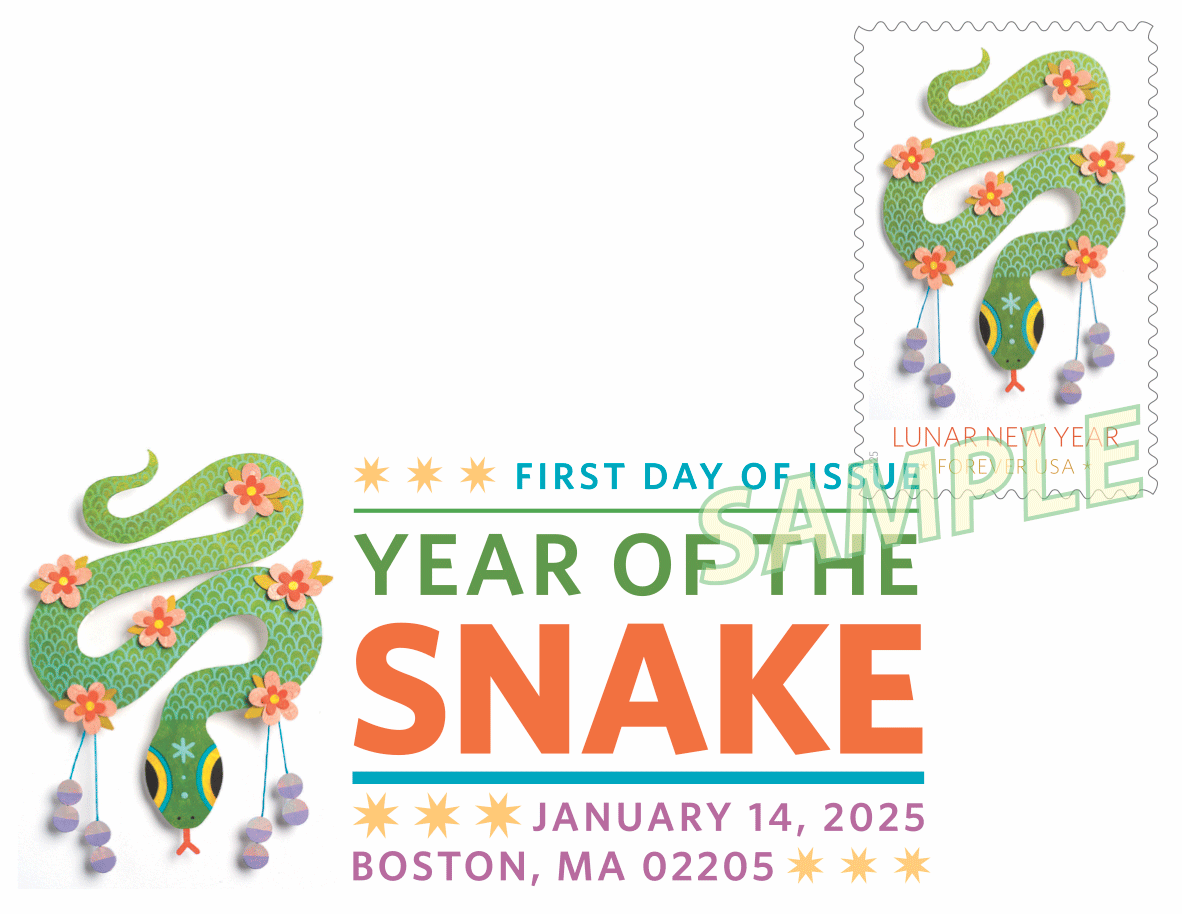 The Digital Color Postmark measures 3.0″x1.45″
The Digital Color Postmark measures 3.0″x1.45″
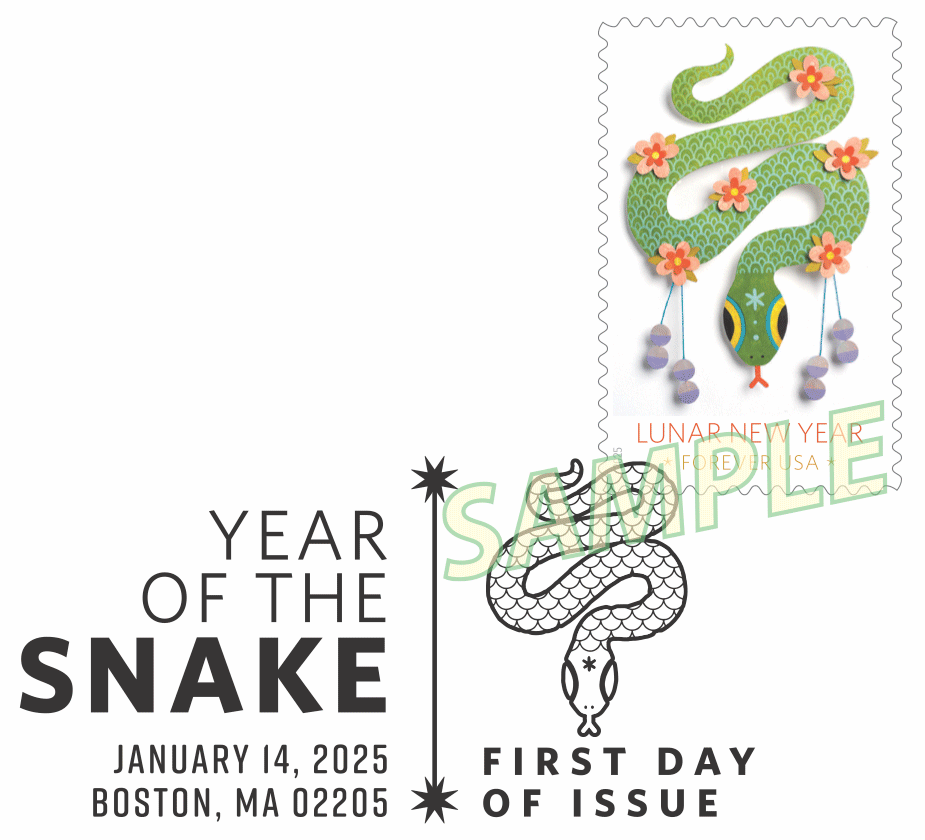 The Pictorial Postmark measures 2.45″ x 1.22″
The Pictorial Postmark measures 2.45″ x 1.22″
Updated December 11th:
[press release] [click on any of the pictures for larger versions]
USPS Announces Ceremony For Lunar New Year Stamp
What: The U.S. Postal Service celebrates the Lunar New Year with the release of the Year of the Snake stamp. The Year of the Snake begins Jan. 29, 2025, and ends Feb. 16, 2026.
This first-day-of-issue event for the Forever stamp will be held in Boston and is free and open to the public. News of the stamp is being shared online with the hashtags #LunarNewYearSnake and #LunarNewYearStamp.
Who: Luke Grossmann, chief financial officer and executive vice president, U.S. Postal Service
Isabel Kim, chief financial officer, The Asian American Foundation (TAAF)
When: Tuesday, Jan. 14, 2025, at 11 a.m. EST
Where:
Boch Center — Wang Theatre
270 Tremont St.
Boston, MA 02116
RSVP: Attendees are encouraged to register at usps.com/lunarnewyearsnake.
Background: The Postal Service will celebrate the 2025 Lunar New Year with a colorful Year of the Snake stamp.
To mark this festive occasion, millions of people around the world will host parades and parties, decorate with red and gold lanterns, set off firecrackers to ward off evil spirits, and invite family and friends to share traditional foods to welcome the new year. People will write couplets, give gifts and clean their houses to celebrate a time of renewal.
Those born in the Year of the Snake, the sixth sign in the Chinese zodiac, are said to be quiet, wise and deep-thinking, making them proficient musicians, philosophers, writers and teachers. A snake year is sometimes referred to as a “little dragon year” because it follows the dragon on the zodiac. 2025 marks the year of the wood snake. Artist Camille Chew designed the stamp.

